Mushroom Harvesting: How To Harvest Mushrooms At Home
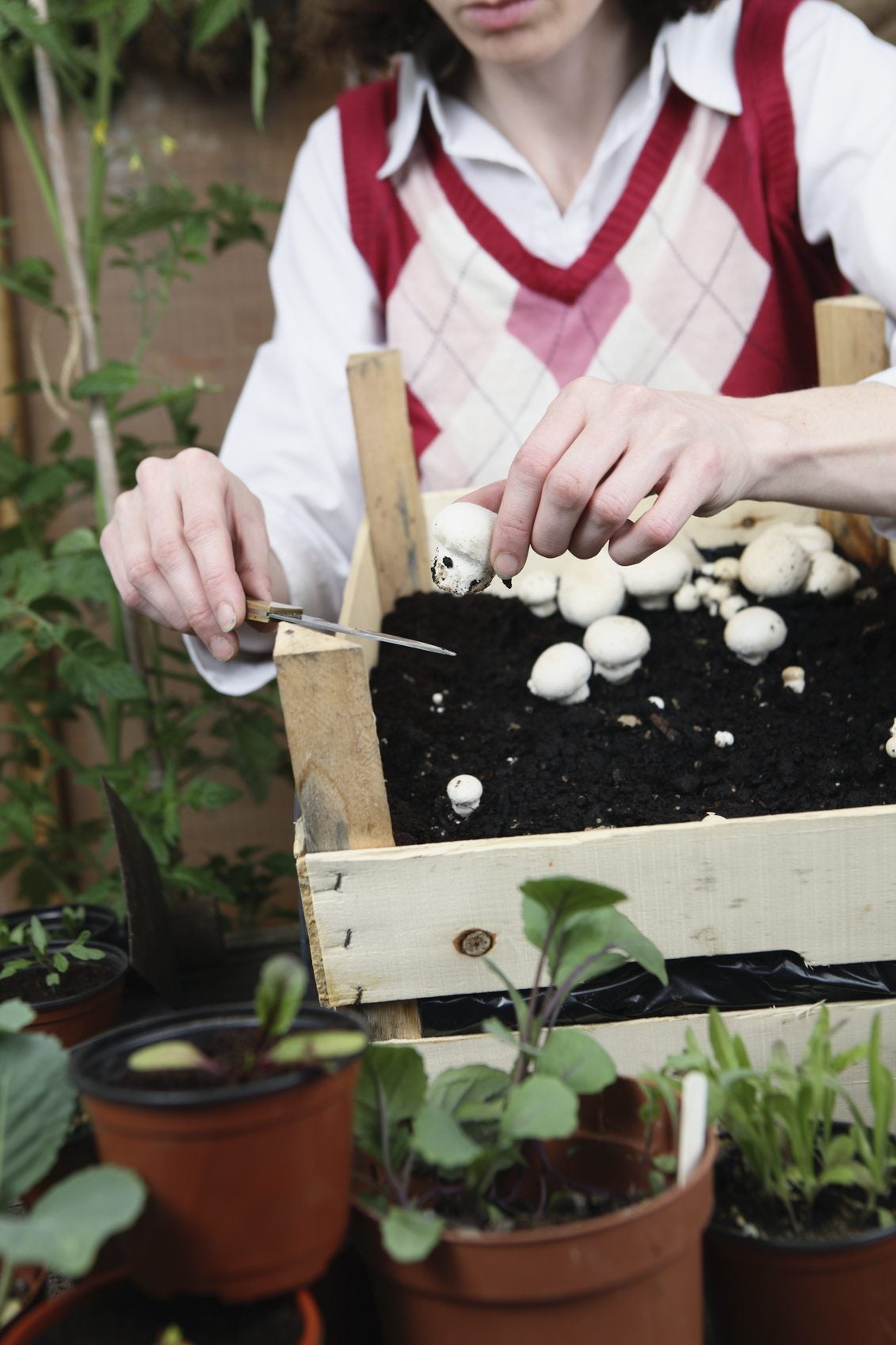
Growing your own mushrooms at home is easy if you purchase a complete kit or just spawn and then inoculate your own substrate. Things get a little more difficult if you are making your own mushroom cultures and spawn, which require a sterile environment involving a pressure cooker or autoclave. Any way you start them, the question of when to harvest the mushrooms will inevitably come to pass. Read on to learn how to harvest mushrooms at home.
When to Harvest Mushrooms
If you buy a complete mushroom kit, the instructions will give a time frame for picking your mushroom harvest. This is really an estimate since, depending upon conditions, the mushrooms may be ready to pick a couple days earlier or later than the instructed date. Also, size is not an indicator of when to pick. Bigger isn’t always better. The general rule of thumb is to begin picking your mushroom harvest when the caps turn from convex to concave – turning down to turning up. Oyster mushroom harvesting should occur three to five days after you see the first mushrooms begin to form. You are looking for the cap of the largest mushroom in the group to go from turning down at the edges to turning up or flattening out at the edges. Shitake mushrooms are grown on logs and that is how they're sold as kits. You can establish a shitake garden by cutting your own logs during the mushroom’s dormant season and then inoculating them yourself. The latter option requires patience since mushroom harvesting won’t take place for 6 to 12 months! If you purchase pre-inoculated logs or sawdust blocks for your home, they should fruit right away. A couple of days after you see the first signs of growth, they will begin to cap. Three days later or so, you will have the first good-sized shitakes ready to harvest. Picking your shitake mushroom harvest will take place over time and, with proper care, shitake logs can produce for four to six years, maybe even longer.
How to Harvest Mushrooms at Home
There is no great mystery to harvesting your mushrooms, although there is some debate amongst amateur mycologists who hunt for outdoor species. The debate revolves around whether to cut the fruit or twist and pull the mushroom from the mycelium. Realistically, it makes no difference. The only pertinent point for wild mushroom foragers is to pick mushrooms that are mature to a point that they have distributed most of their spores so the species will continue to prosper. Home growers can harvest in either manner, either plucking the fruit by hand or cutting it. In the case of the home mushroom kit, however, there is no need to allow the mushrooms to drop spores, so if you see a white “dust” dropping onto the surface below the colony, harvest them. The white “dust” is spores and that means the fruit is mature.
Gardening tips, videos, info and more delivered right to your inbox!
Sign up for the Gardening Know How newsletter today and receive a free copy of our e-book "How to Grow Delicious Tomatoes".

Amy Grant has been gardening for 30 years and writing for 15. A professional chef and caterer, Amy's area of expertise is culinary gardening.
-
 Create A Romantic Garden Straight Out Of Bridgerton: Regency Era Romance In Your Garden
Create A Romantic Garden Straight Out Of Bridgerton: Regency Era Romance In Your GardenTry some romantic garden ideas straight out of Bridgerton. Flowers and gardens in the Regency era were lush and charming and you can get the same look!
By Bonnie L. Grant
-
 Moody Blooms For Spring: 8 Types Of Black Flowers To Add Drama To Spring Displays
Moody Blooms For Spring: 8 Types Of Black Flowers To Add Drama To Spring DisplaysFrom midnight burgundies to inky violets, several types of black flowers can enrich and embolden a spring display. Try these brooding bloomers for a moody garden
By Tonya Barnett
-
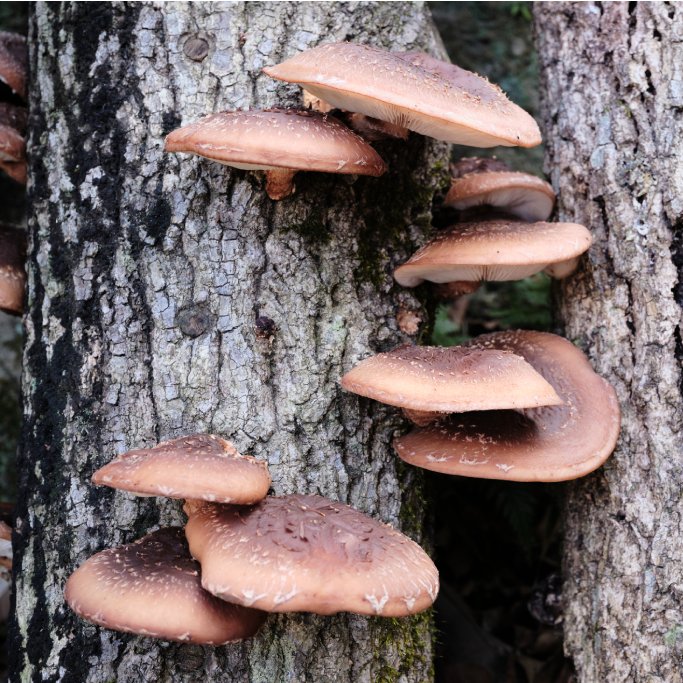 Which Types Of Wood To Use For Growing Fungi
Which Types Of Wood To Use For Growing FungiWondering about the best logs for mushroom plugs? Match the mushroom type to the tree variety for a great crop of delicious mushrooms.
By Bonnie L. Grant
-
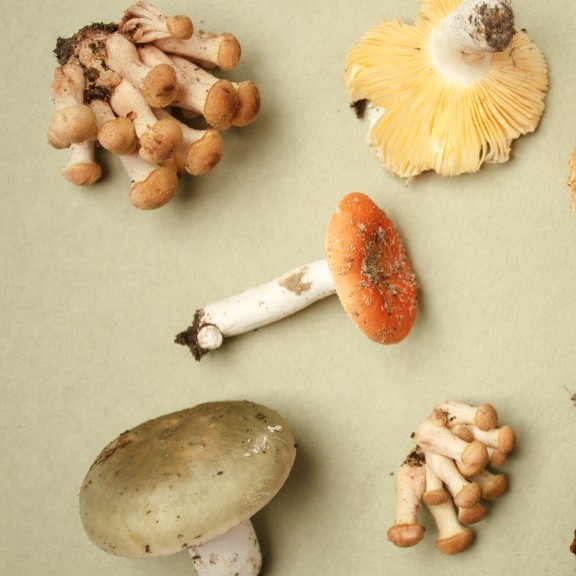 Types Of Edible Mushrooms & Their Poisonous Look-Alikes
Types Of Edible Mushrooms & Their Poisonous Look-AlikesTypes Of Edible Mushrooms & Their Dangerous Doppelgangers
By Bonnie L. Grant
-
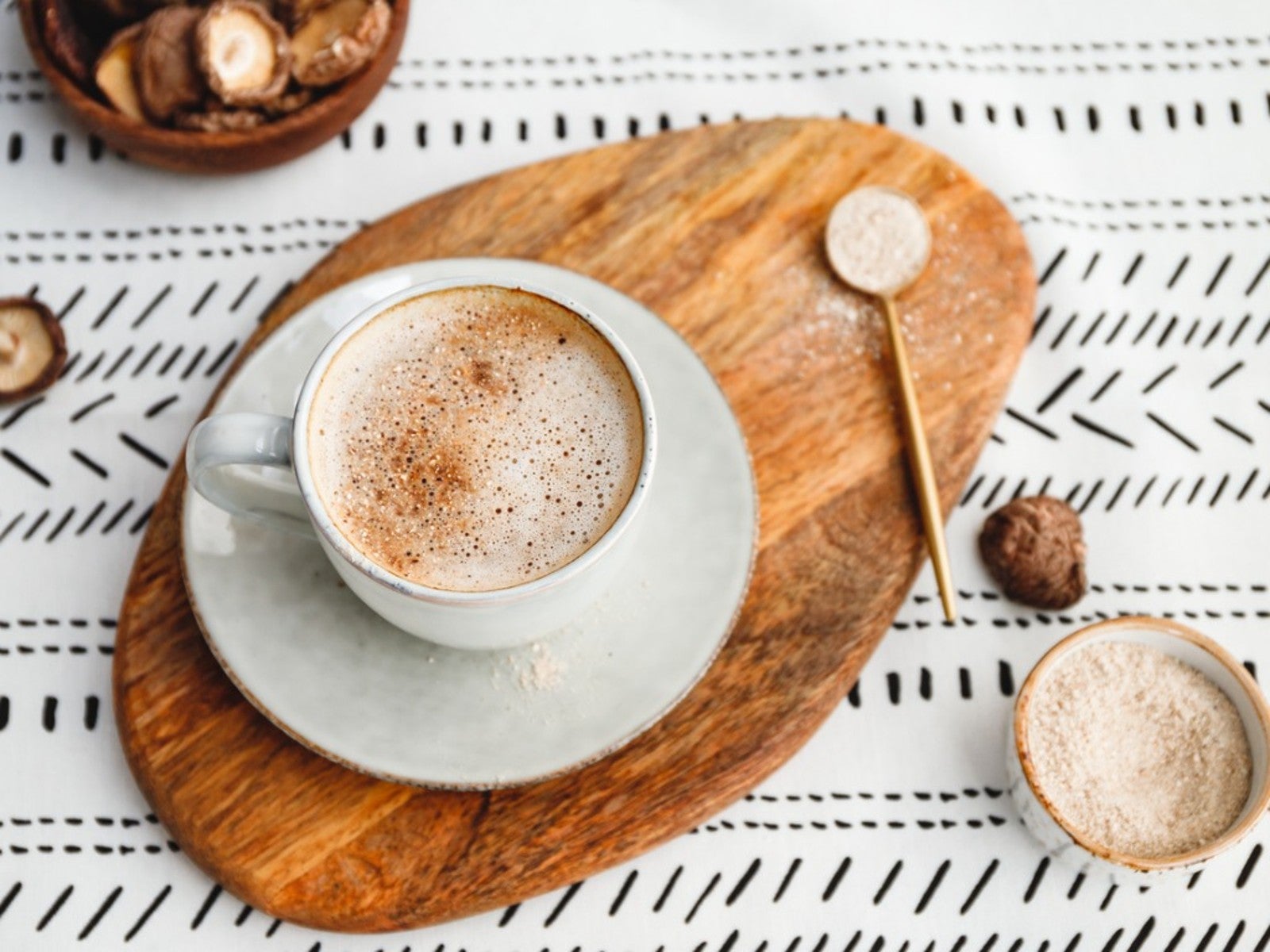 Make Your Own Mushroom Coffee From Homegrown Fungi
Make Your Own Mushroom Coffee From Homegrown FungiWhat is mushroom coffee? Can you make your own mushroom coffee at home? Click here to learn more.
By Laura Miller
-
 Growing Mushrooms In Coffee Grounds At Home
Growing Mushrooms In Coffee Grounds At HomeLearn how re-using coffee grounds for mushroom substrate is great for the mushrooms and good for the planet.
By Bonnie L. Grant
-
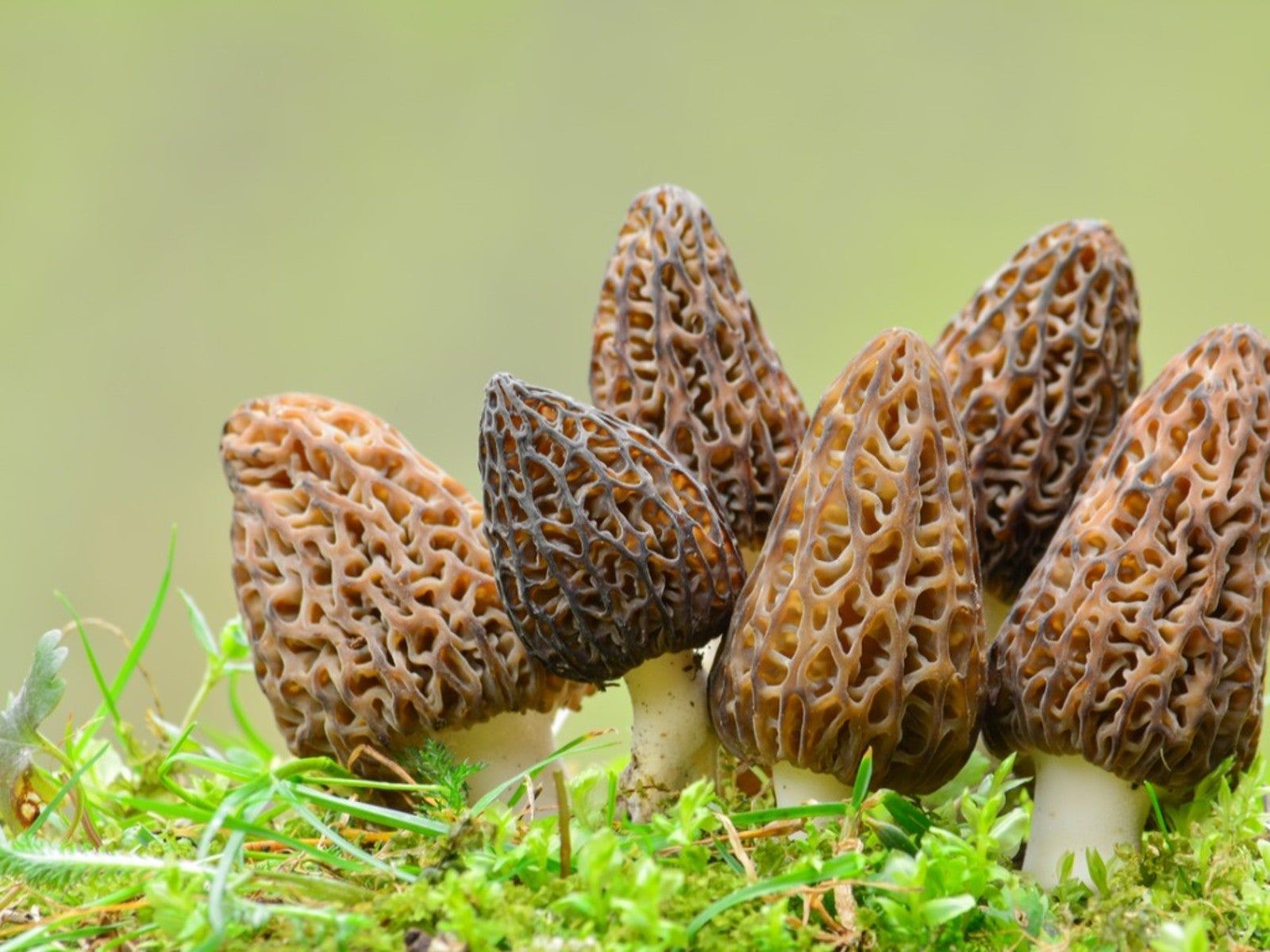 How To Grow Morel Mushrooms: Growing Morel Mushrooms At Home
How To Grow Morel Mushrooms: Growing Morel Mushrooms At HomeMorel mushroom growing conditions are difficult to pinpoint. Some expert tips are necessary on how to grow morel mushrooms.
By Bonnie L. Grant
-
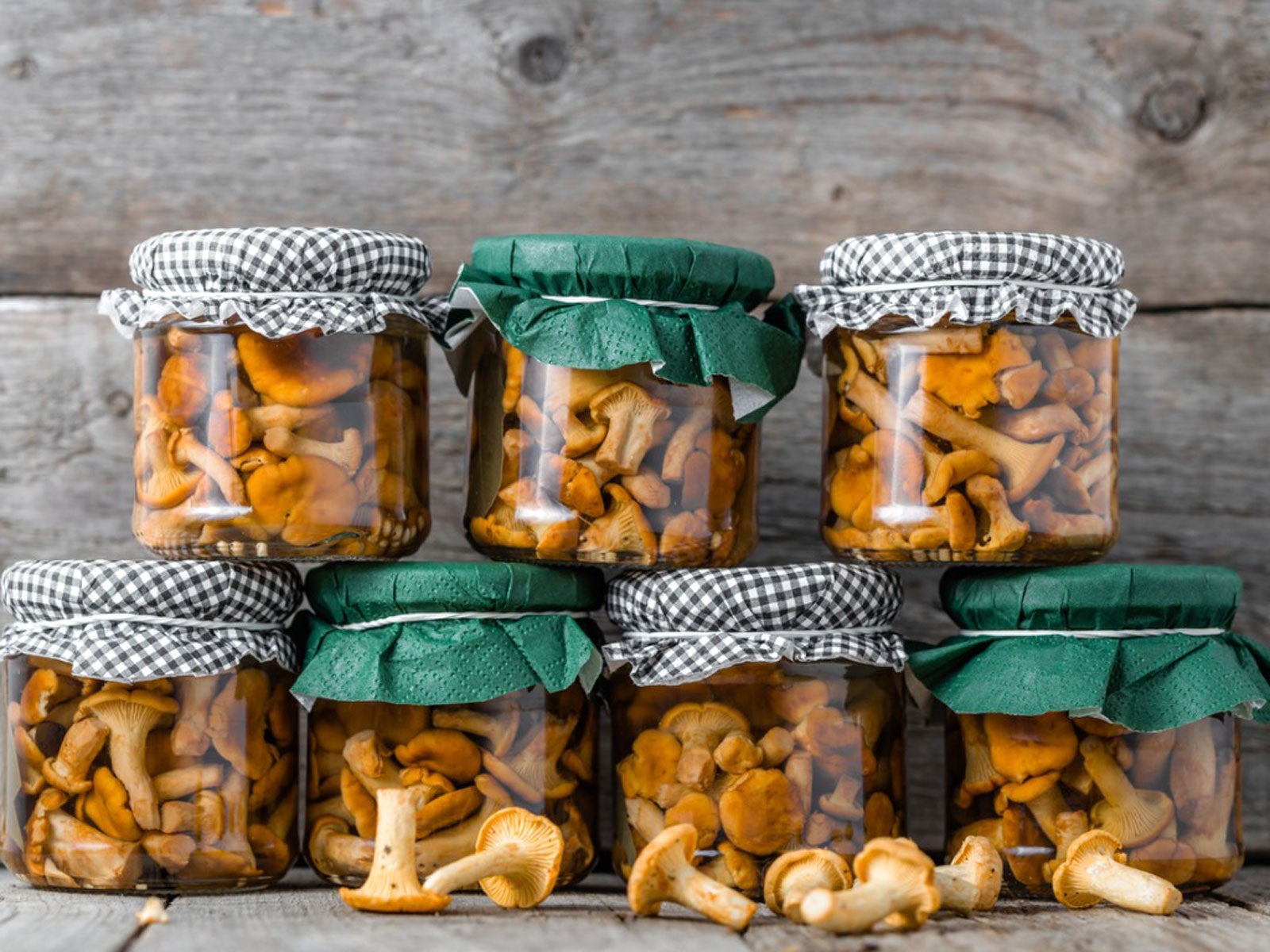 Home Canning Mushrooms – Tips For Storing Mushrooms In Jars
Home Canning Mushrooms – Tips For Storing Mushrooms In JarsAre you contemplating home canning mushrooms, but are nervous about safety? Click here to explore how to can mushrooms safely.
By Laura Miller
-
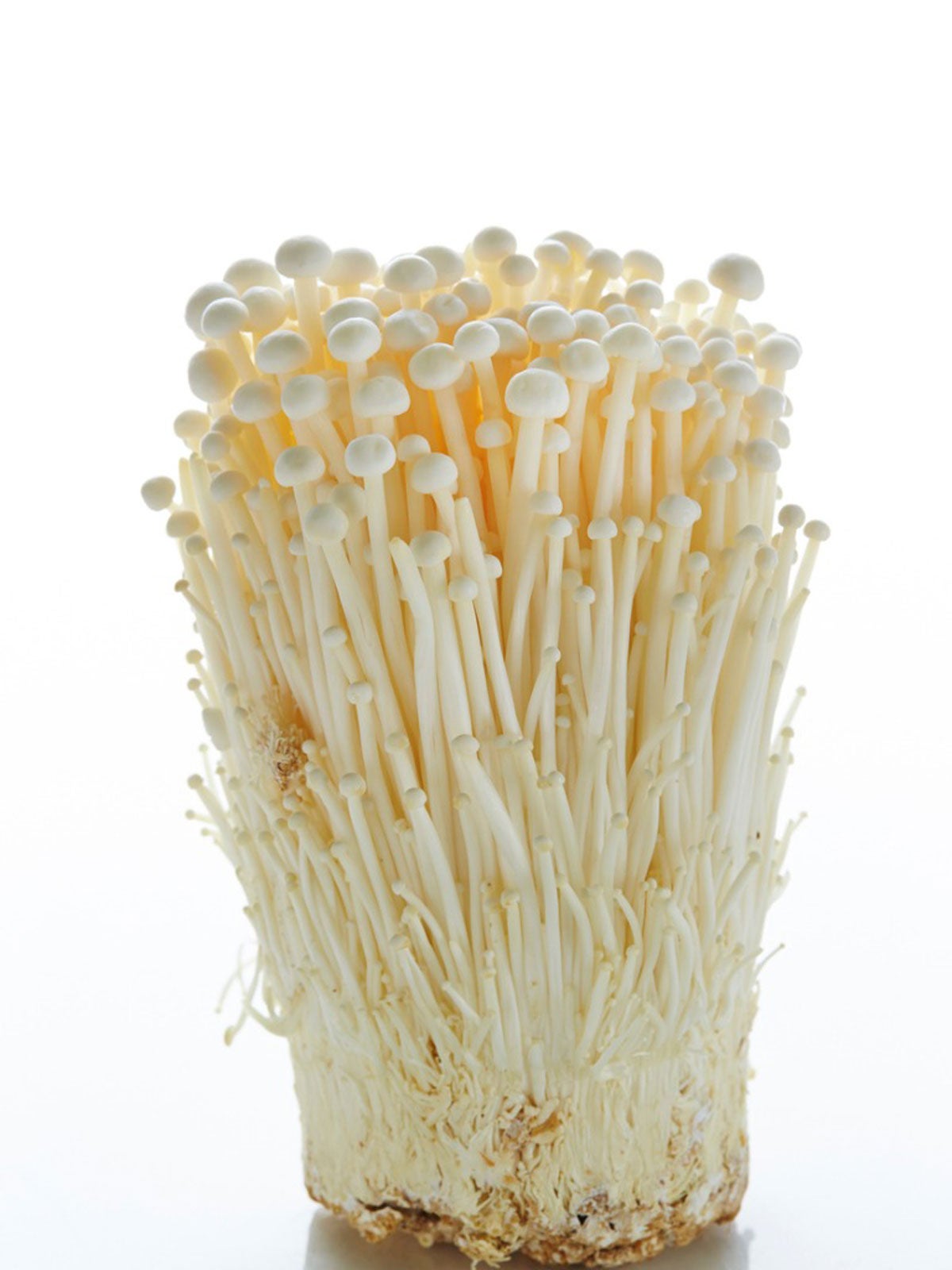 Enoki Mushroom Info – Tips For Growing Enoki Mushrooms Yourself
Enoki Mushroom Info – Tips For Growing Enoki Mushrooms YourselfEnoki mushrooms are very delicate fungi in an almost filament form. They are often the only mushrooms available in winter. If you like eating enoki mushrooms, you might try growing them yourself. Learn more about enoki mushrooms and how to grow them here.
By Bonnie L. Grant
-
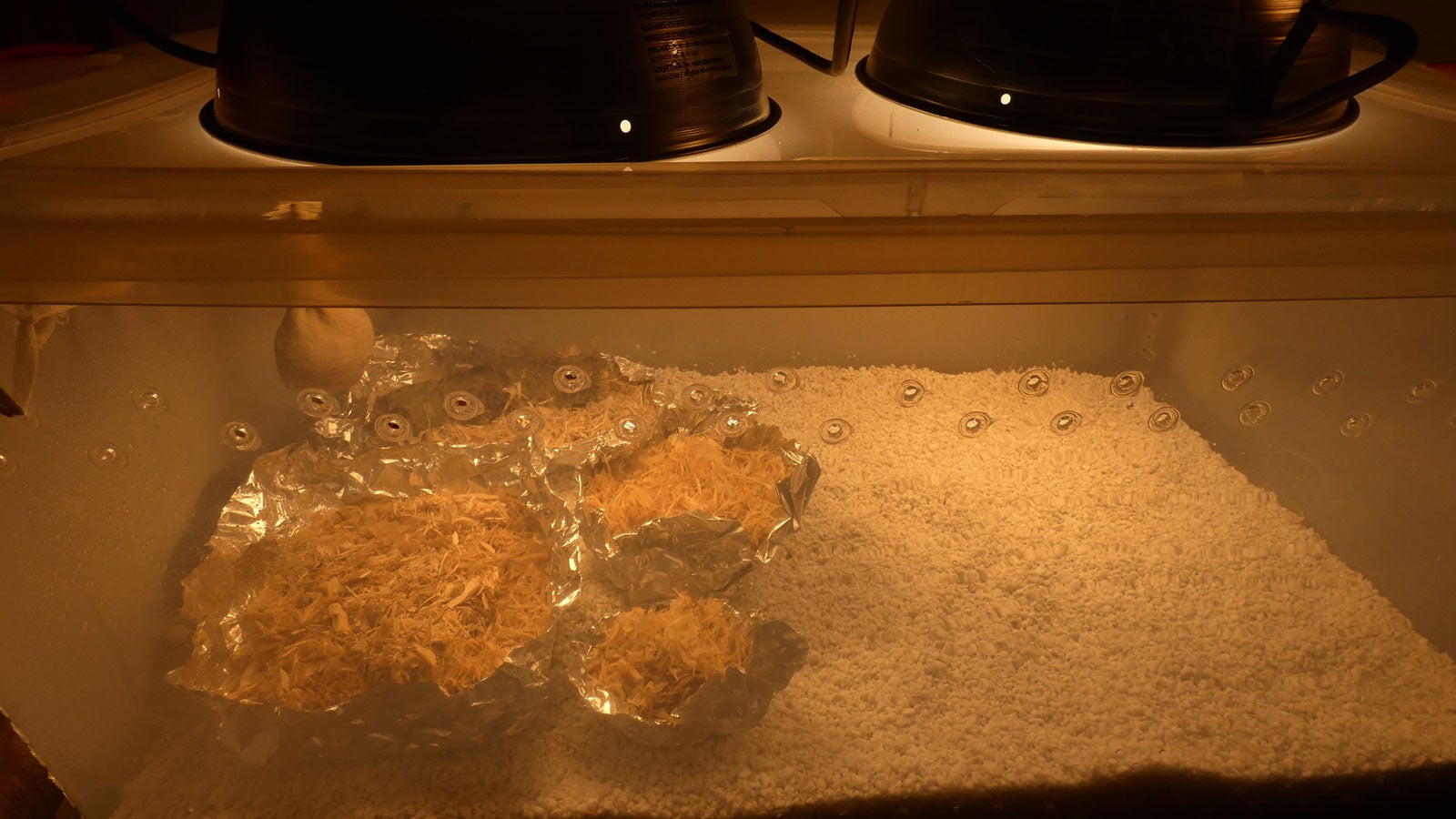 Growing Mushrooms At Home: How To Make A Mushroom Fruiting Chamber
Growing Mushrooms At Home: How To Make A Mushroom Fruiting ChamberSetting up a mushroom fruiting chamber is really the only difficult thing about growing mushrooms at home, and even then, a DIY mushroom house doesn’t have to be complex. To learn how to make your own mushroom fruiting chamber, click the following article.
By Amy Grant